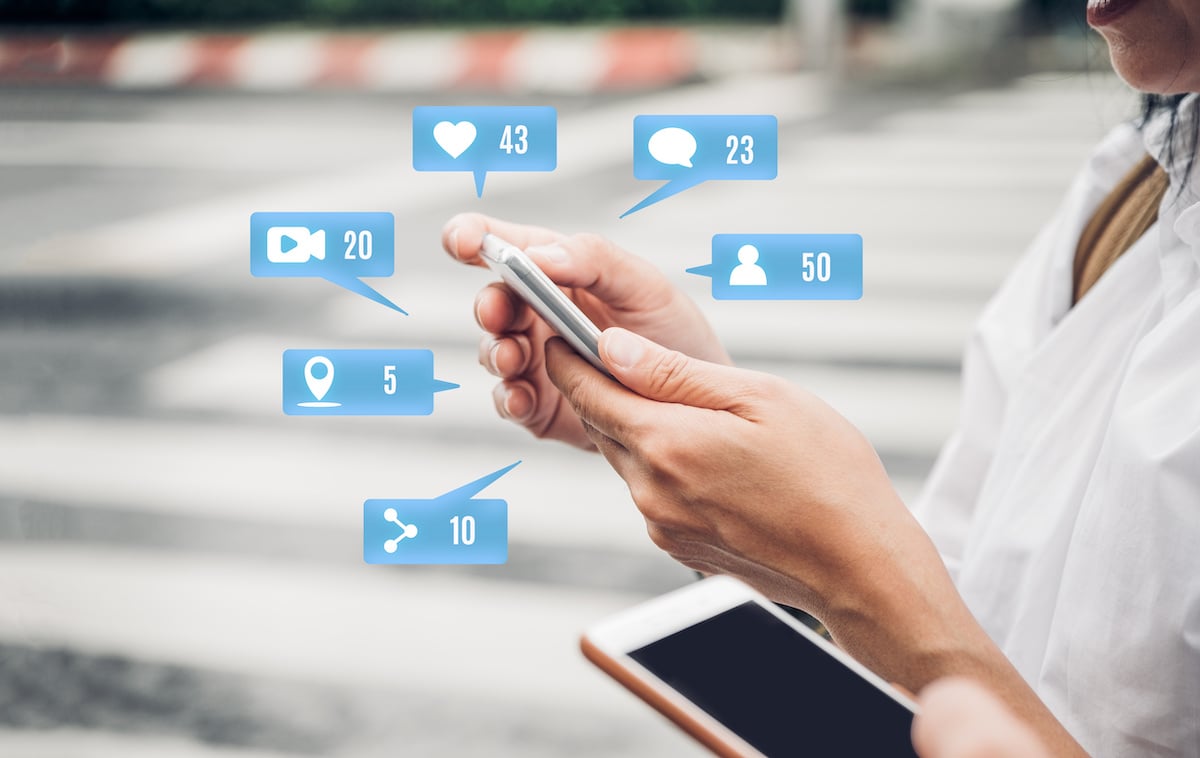While there has been a lot of news centered around social media and privacy lately, there’s no denying that platforms like Facebook and Twitter continue to be incredibly useful tools for governments interested in having meaningful conversations with citizens. Used correctly, social media can increase engagement and provide a forum for dialogue that’s hard to find anywhere else.
But what does responsible and transparent use of social media look like when it comes to the public sector? Here are five best practices for departments and agencies looking to leverage social media to create a more open government.

1. Be Active
No department or agency can afford to ignore the value of social media channels when it comes to engaging with the public. Platforms like Facebook and Twitter are great for communicating with constituents, but that doesn’t mean that building a following is easy. Just like everyone else, government has to earn its audience by sharing valuable content, posting regularly, and most importantly, engaging in two-way conversation. Much of the value of social media is derived from the ability to engage in dialogue with the public in real-time, so if social media platforms are simply used to post press releases and other official notifications, a massive opportunity is being missed.
2. Monitor Activity
Because of the two-way nature of social media communication, social media platforms should be monitored continually. If someone from the public asks a question on Facebook or Twitter, it should be answered quickly; there’s nothing worse than an official channel completely ignoring a question from a constituent. Similarly, if there’s a heated discussion taking place on an official page or feed, someone from the organization should be monitoring the conversation and commenting when appropriate.
3. Listen and Learn
Social media platforms are incredibly valuable sources of information. By paying attention to what’s happening on social channels, government departments and agencies can better understand the wants and needs of constituents. Sure, it might be frustrating to receive complaints and rude comments on social media, but agencies should see the value in real-time responses from the public—never before has government had instant access to so much feedback. All this data should be mined and utilized.
4. Create a Social Media Policy
Every government agency and department should have a detailed policy that governs the use of social media platforms. Not only should it outline who within the organization is allowed to post to various channels and what sort of behavior and content is acceptable, but it should also explain acceptable external use of official accounts. In other words, it should outline what sort of behavior from external users is not allowed (e.g. making a threat or using profanity), and what steps will be taken if a rule is broken. The social media policy should be written in clear and concise language, and posted on the organization’s official website.
5. Keep Detailed Records
Like other forms of official communication, public-sector social media use is governed by regulations like the Freedom of Information Act, Open Records Laws, and the new Government OPEN Data Act. With this in mind, it’s important to put a solution in place that archives social media data in real-time—including likes, unlikes, deleted comments, and metadata—and provides a simple way to fulfill a public record request related to social media platforms. Ideally, a public portal should be made available online that allows the public to view a live replay of archived data and quickly export relevant data.
Visit our government webpage for more information, or read our blog to find out why we were chosen by the National Archives & Records Administration for all social media archiving. You can also have a look at our social media archiving product page, or simply request a demo to experience it for yourself.







